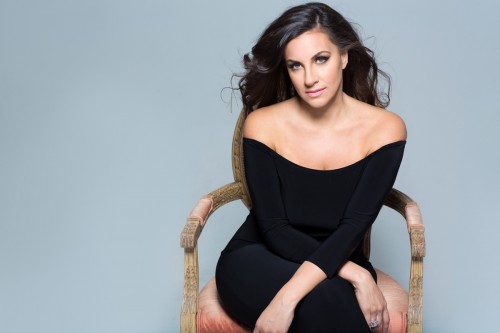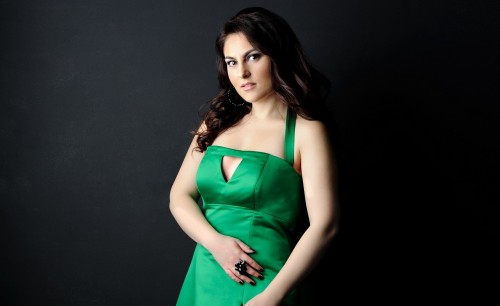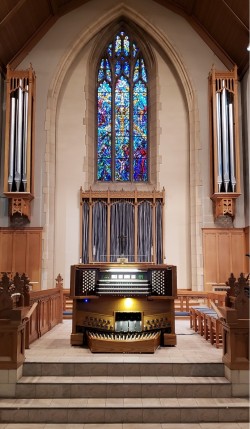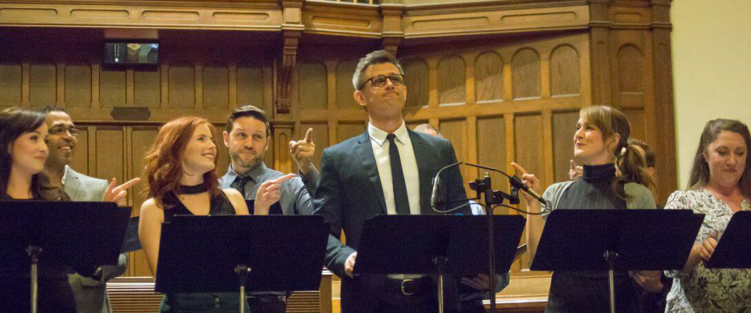Concert Report: Harry Potter and the Goblet of Fire In Concert
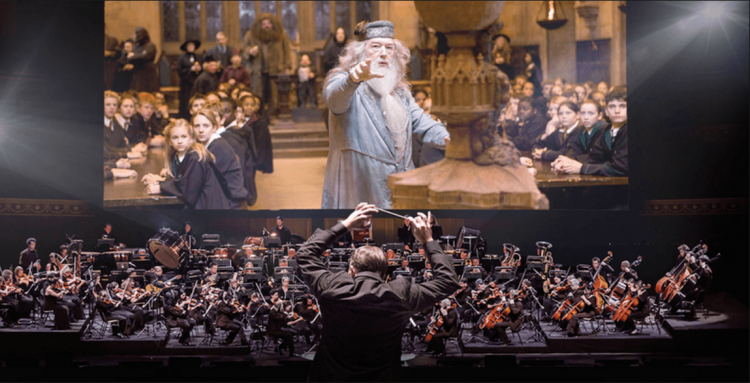
Hogwarts took over the Sony Centre, as the crowd proudly showed off their Hogwarts house colours with bright red, green, yellow and blue scarves and robes. Fans young and old gathered in the lobby, some even flocking to the merchandise table to purchase authentic Harry Potter-themed snacks like Bertie Bott’s Every Flavour Beans.
As everyone settled in their seats in the packed theatre, Evan Mitchell, the conductor, encouraged the crowd not to hold back, and to cheer, laugh, and cry at our favourite scenes and characters. The audience proved throughout the night to be fiercely passionate and lively at all the right moments.
The lights dimmed, and the movie began. Goblet of Fire – based on the fourth book in J.K. Rowling’s renowned Harry Potter fantasy novels – follows Harry as he embarks on his fourth year at Hogwarts School of Witchcraft and Wizardry, where, as the school year progresses, a school tournament takes a sinister turn. With the first haunting notes of the opening piece, “The Story Continues,” the orchestra set the tone for the film, a much darker, more mature story than its predecessors: a rich, dark build of woodwinds and percussion, overlaid almost instantly by a shrill melody from the violins that left a sinister chill lingering in the air.
Goblet of Fire has one of the most diverse scores of the series, especially due to many pieces that exist within the film’s world which add opportunity to layer in unusual and surprising sounds. Much of this music is from the Yule Ball, the school dance that the students attend: “Potter’s Waltz,” “Do the Hippogriff,” and “Hogwarts Fanfare.” “Potter’s Waltz,” performed whimsically by the TSO musicians, complemented the glittering winter transformation of the Hogwarts Great Hall on-screen, while the other pieces contrasted the rest of the film’s score, with upbeat themes that played to the youth of the characters. In particular, “Do the Hippogriff,” a raucous rock song performed in the film by the wizard band The Weird Sisters, set up a chaotic on-screen scene, complete with mosh pit and crowd-surfing teacher—though this song was not performed by the live orchestra and simply played as a recording.
Another piece from within the film’s world is a march performed by the Hogwarts brass band, just before the third task of the school’s Triwizard Tournament. The piece is cheerful and animated – and yet when Harry returns at the end of the task and the march is reprised, the loud brass instruments seem to mock the audience, who have just seen Cedric Diggory, an innocent student, murdered. The orchestra performed an understated version of this march that blended seamlessly into the film while helping to accentuate the emotions onscreen – particularly the harrowing cry of Cedric’s father, who realizes what had just happened and rushes forward to clutch his son.
Throughout the film, the TSO had to strike a steady balance between the strength with which they performed certain music while keeping other moments quiet or understated, allowing the content of the film to speak for itself. Overall, though certain parts felt empty of musical presence, they managed to maintain this balance well. Some pieces also required more force – particularly the “Durmstrang Entrance,” when the students of a Bulgarian wizarding school enter the Great Hall with chants, stomps, and even a student who breathes fire from their wand into the shape of a phoenix. The Durmstrang students had all eyes on them from the Hogwarts students and Sony Centre audience alike, but the live orchestral rendition felt slightly lacking the same power and vigour that captured the audience’s attention onscreen.
In this performance, the music was brought to the forefront of the film, allowing audiences to hear little, often-overlooked details. These musical snippets were synchronous to some corresponding visuals, like the way an enchanted pen moved, or a flicker of fire reflected in Harry’s glasses – adding a new layer to the way the audience experienced Harry’s world.
While much of the audience filed out of the theatre during the closing credits, those who stayed behind were treated to the TSO briefly revisiting some of the notable pieces from the film without the distraction of watching the movie. This provided one last opportunity to appreciate the presence of the orchestra and the experience of hearing a beloved score performed live, in a theatre full of affectionate – and thoroughly enchanted – fans.
The Sony Centre for the Performing Arts and Attila Glatz Productions presented CineConcerts and Warner Bros.’ production of Harry Potter and the Goblet of Fire In Concert from November 15 to 17, 2018, with live music by the Toronto Symphony Orchestra.
Jaimie Nackan is currently studying media at the University of Guelph-Humber. She is a pianist and former ballet dancer, with further passions in literature, writing, and film. She is pursuing a career in critiquing the arts, while also working on her first novel.


